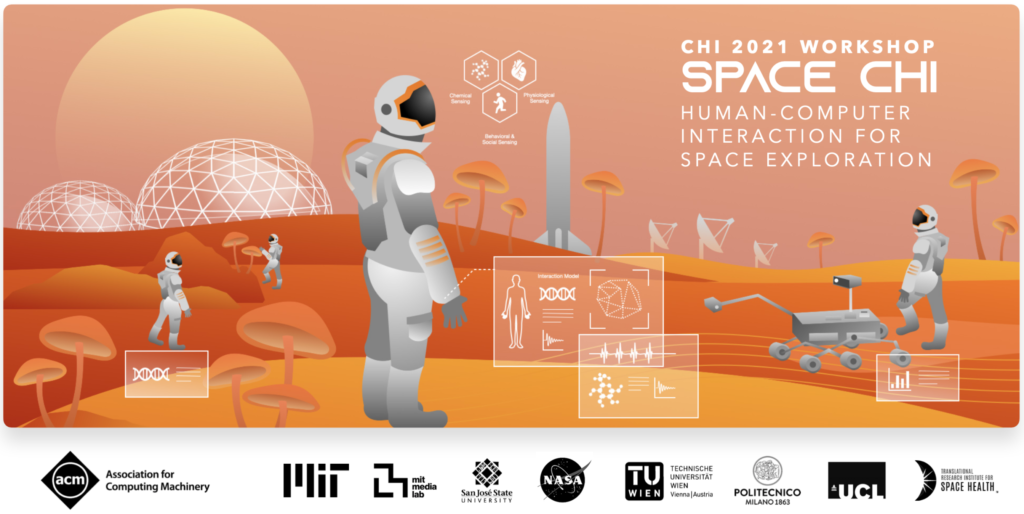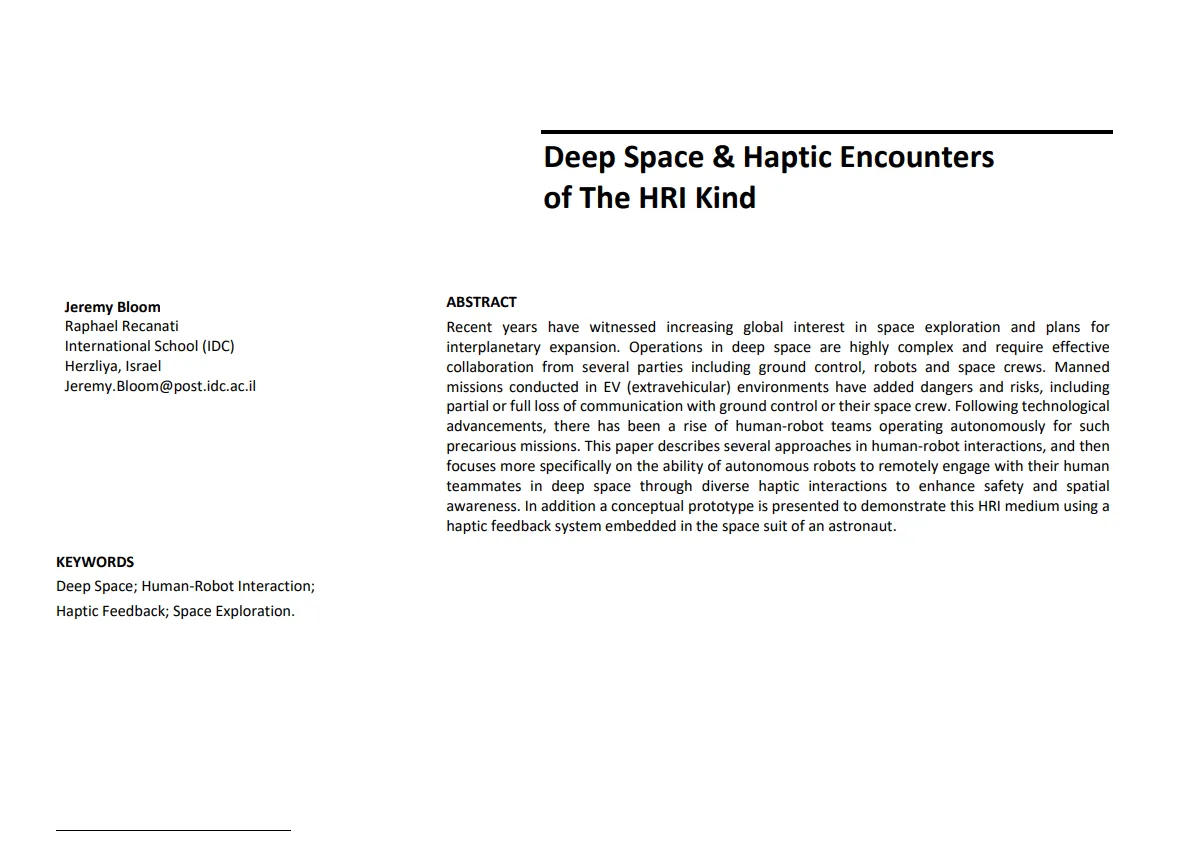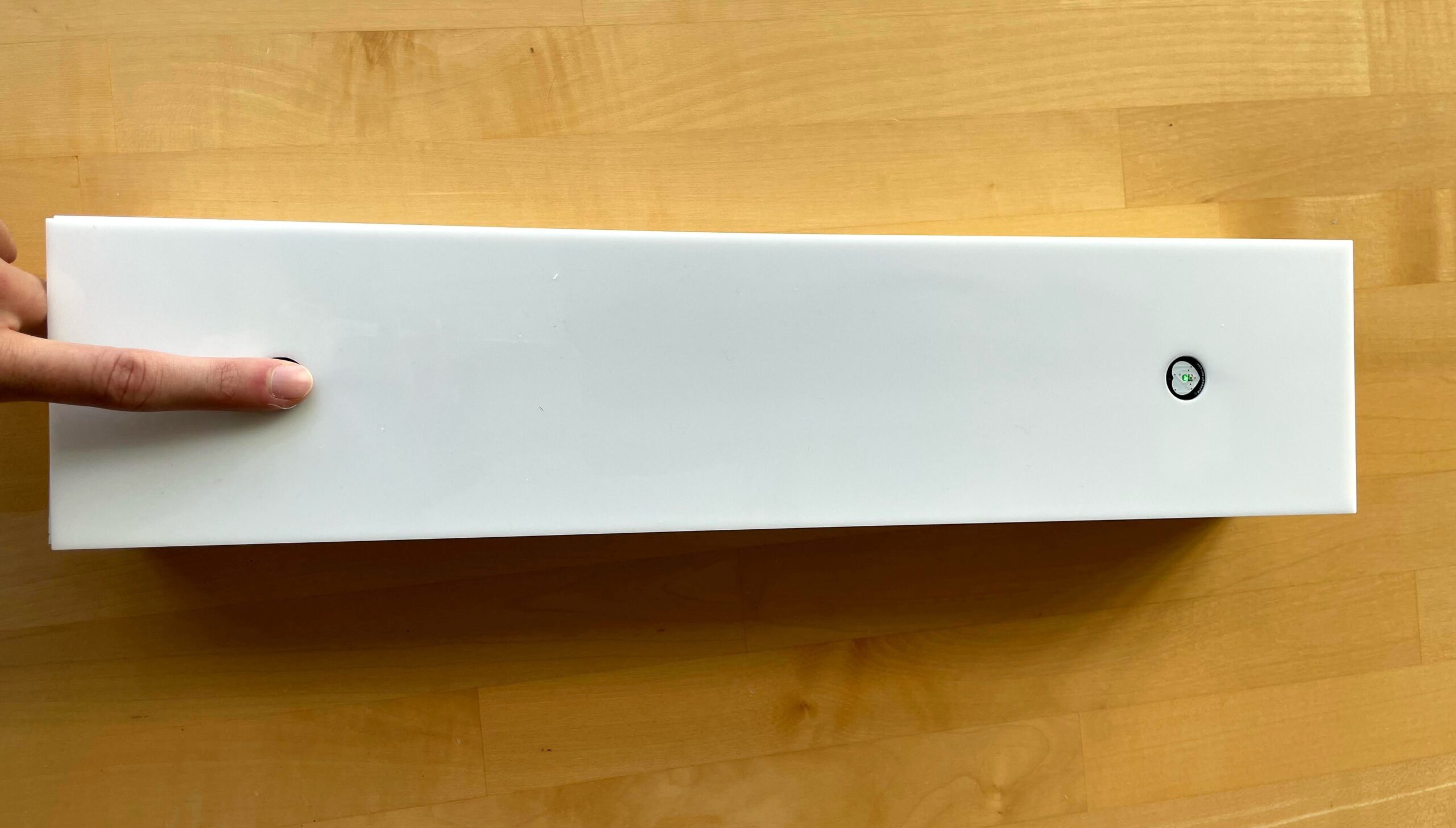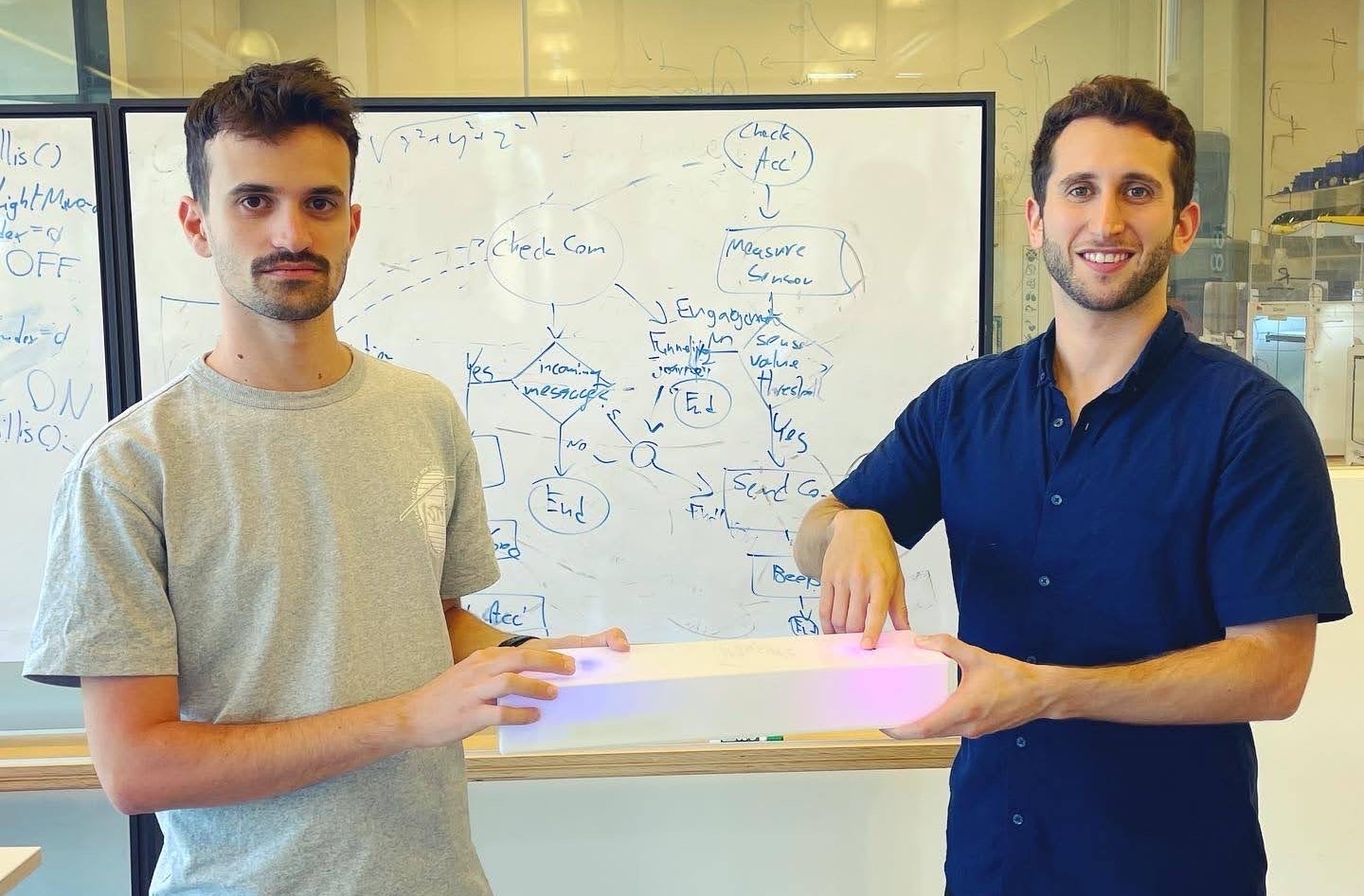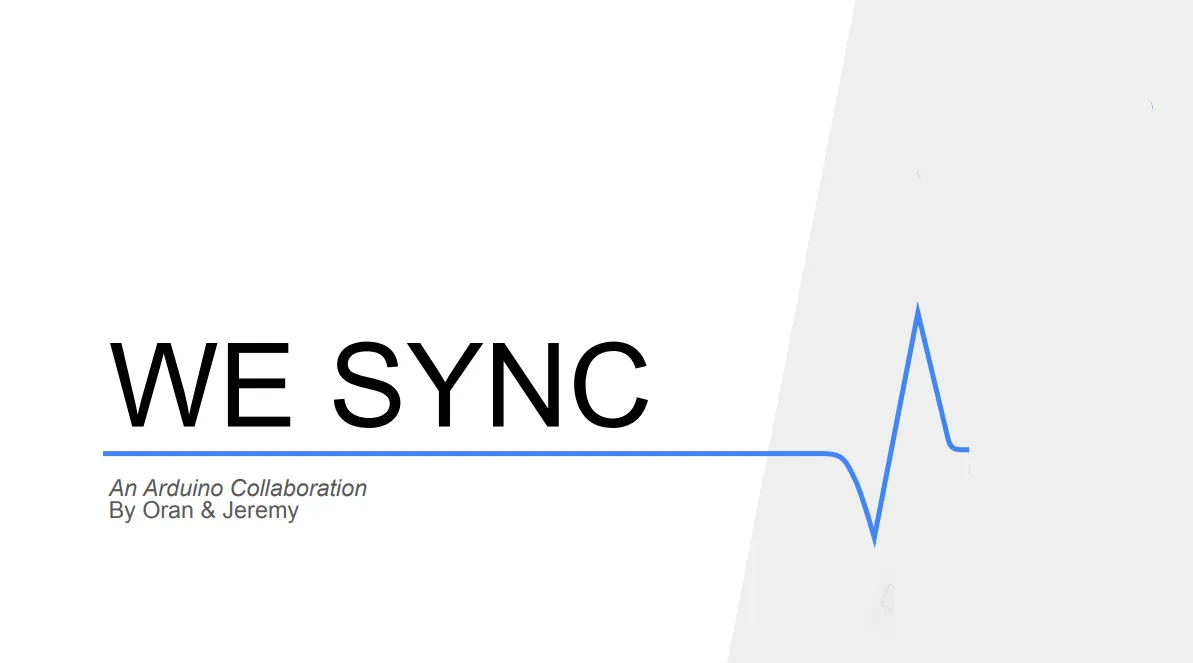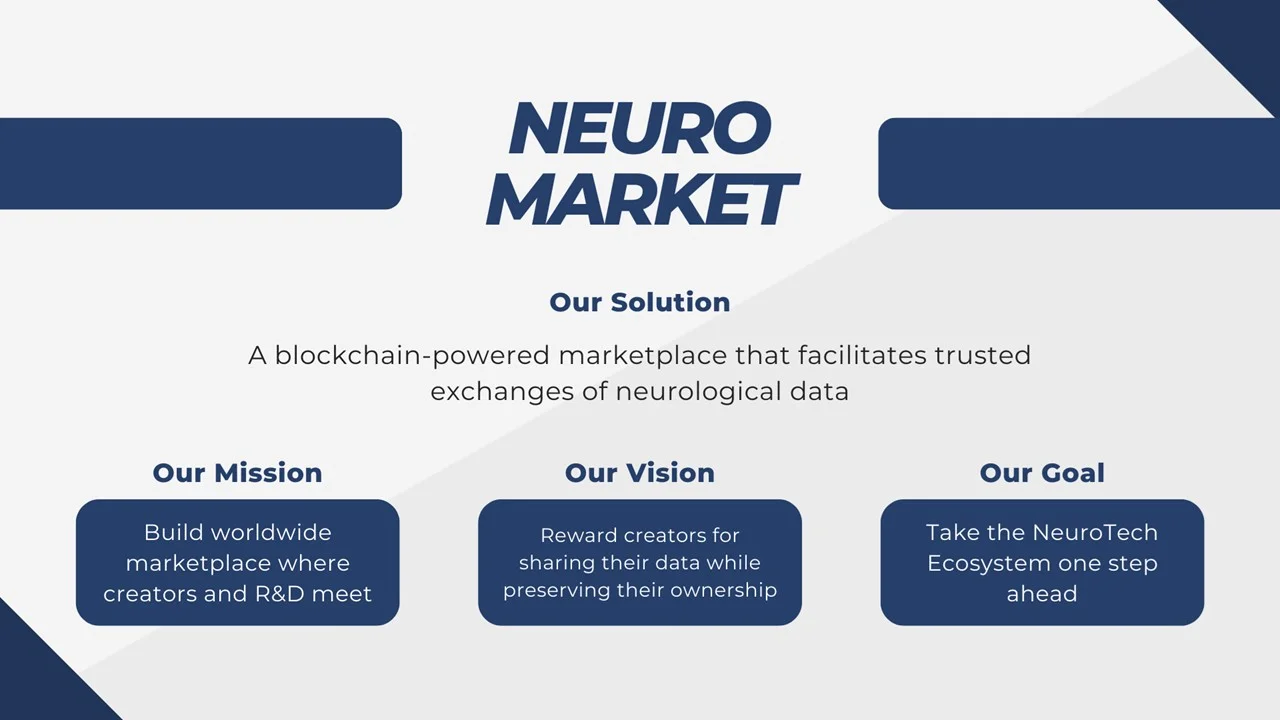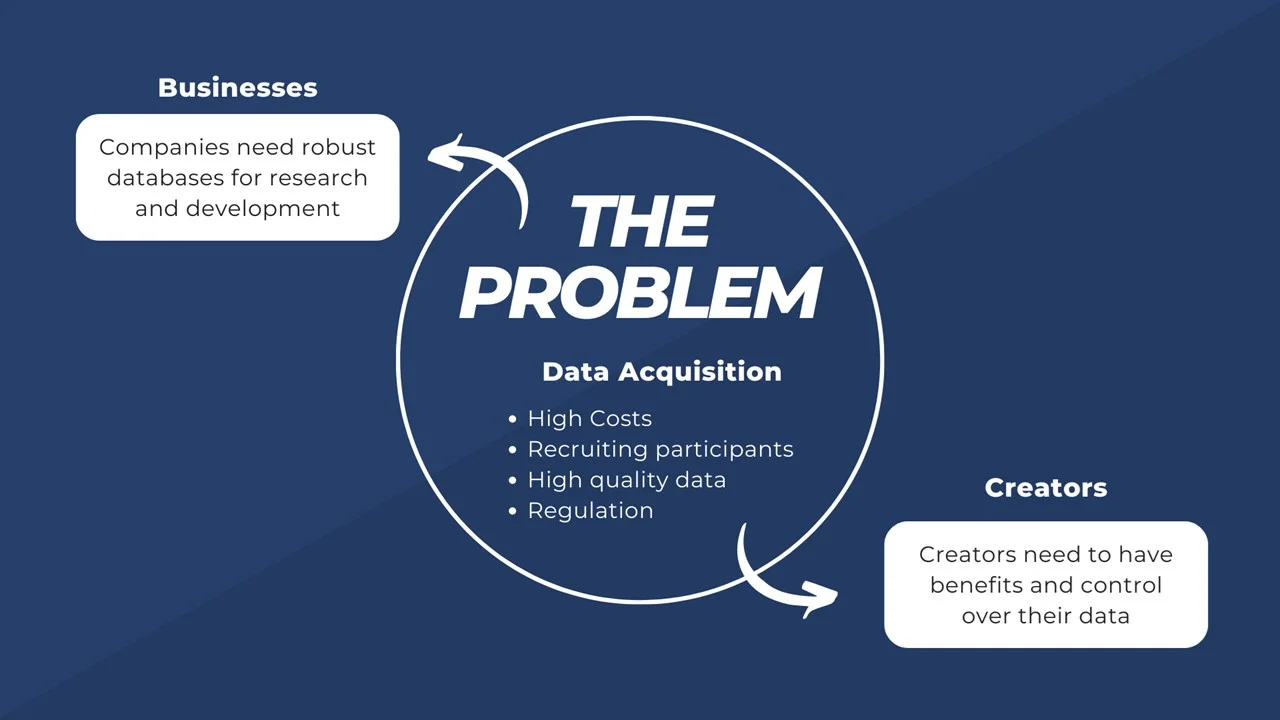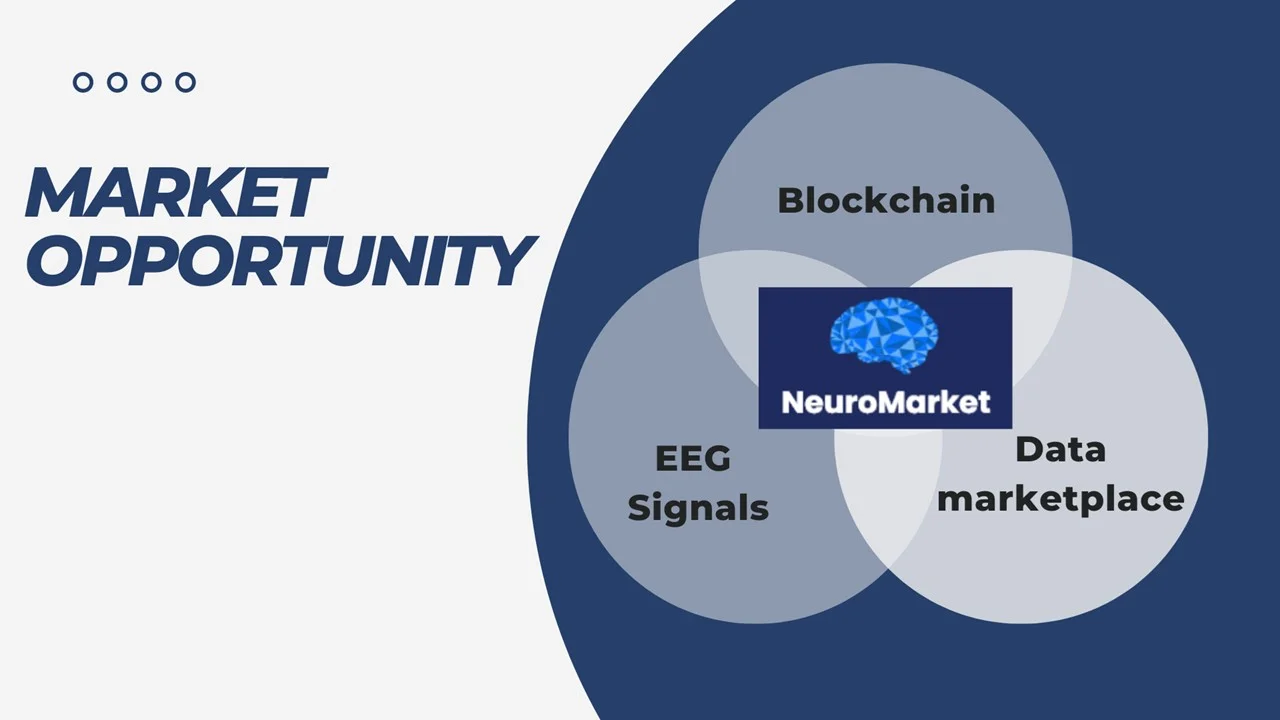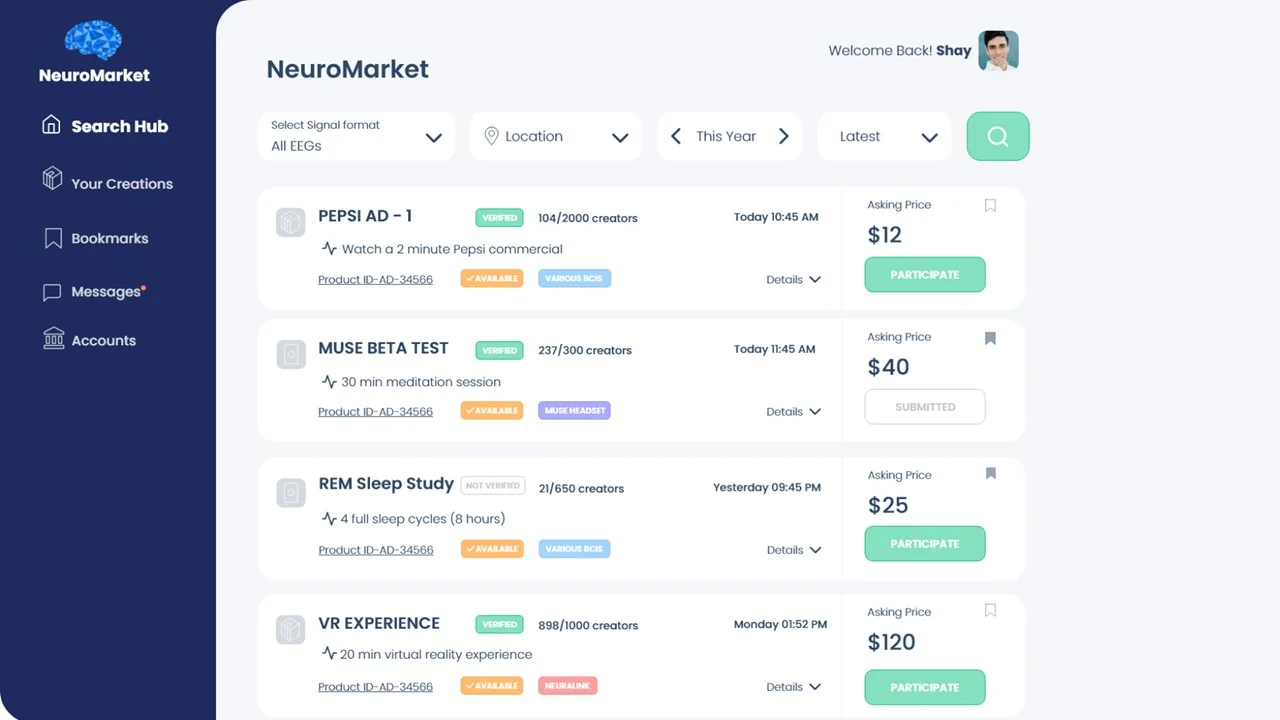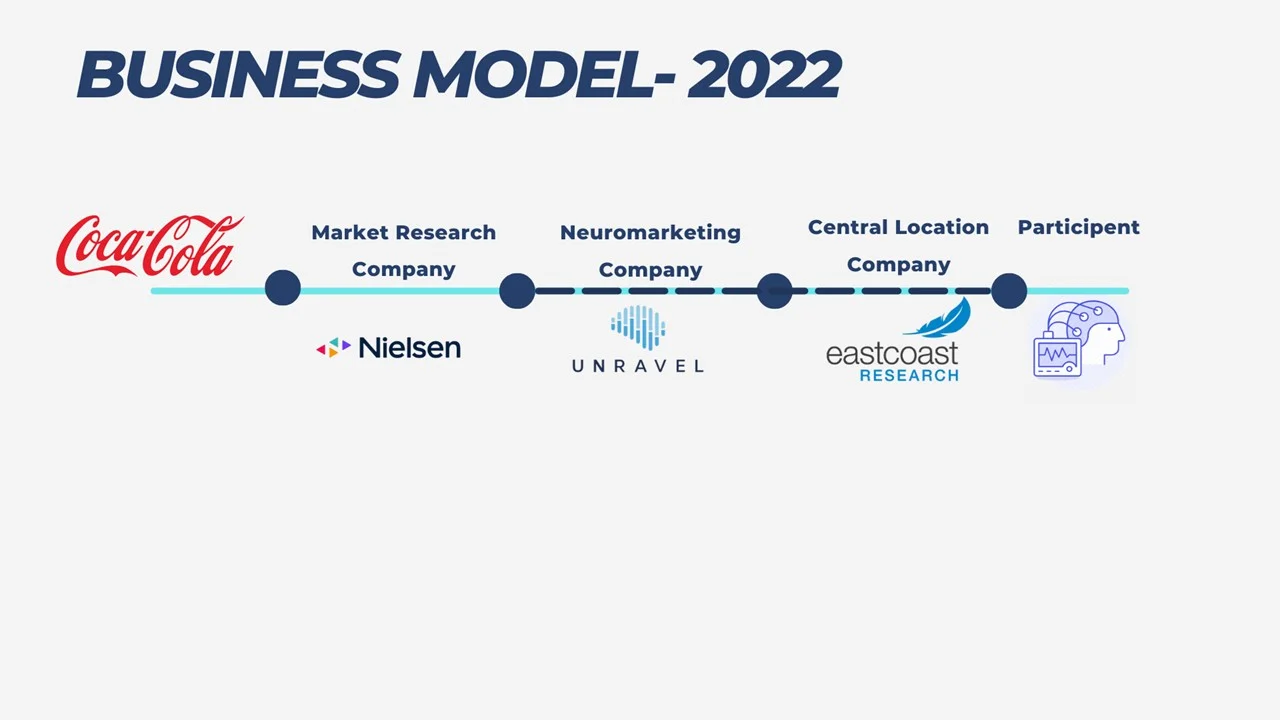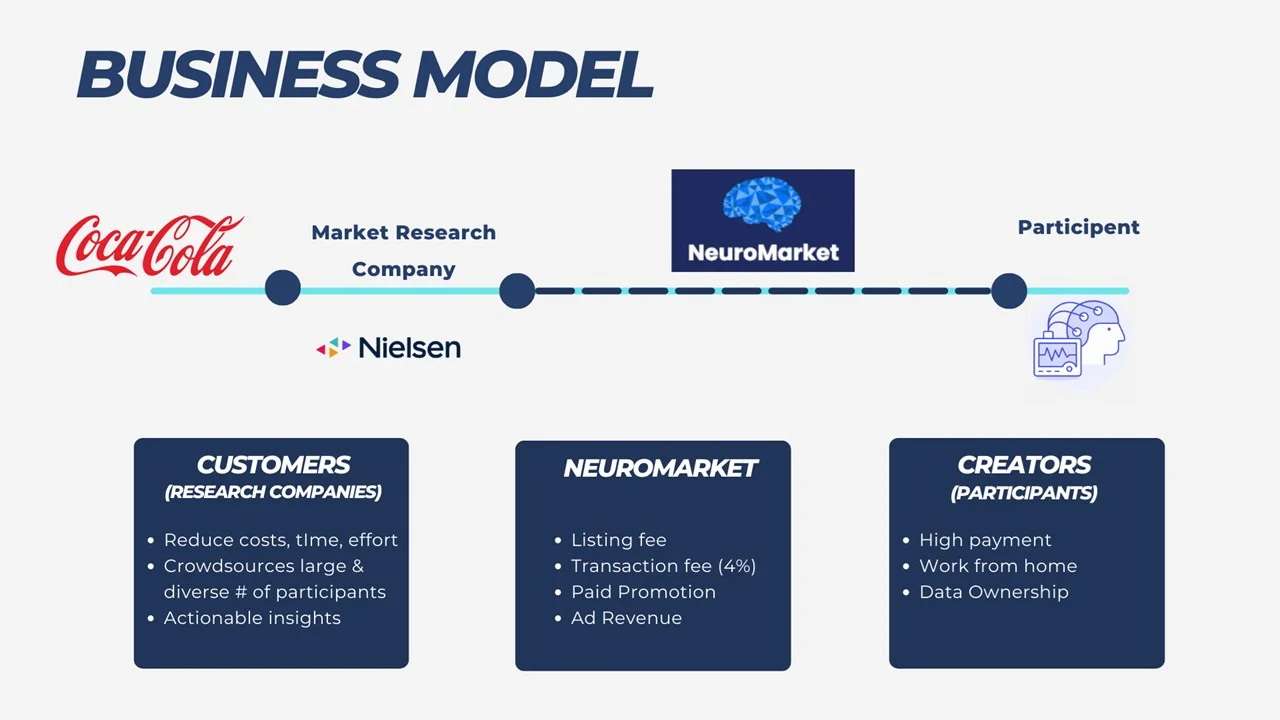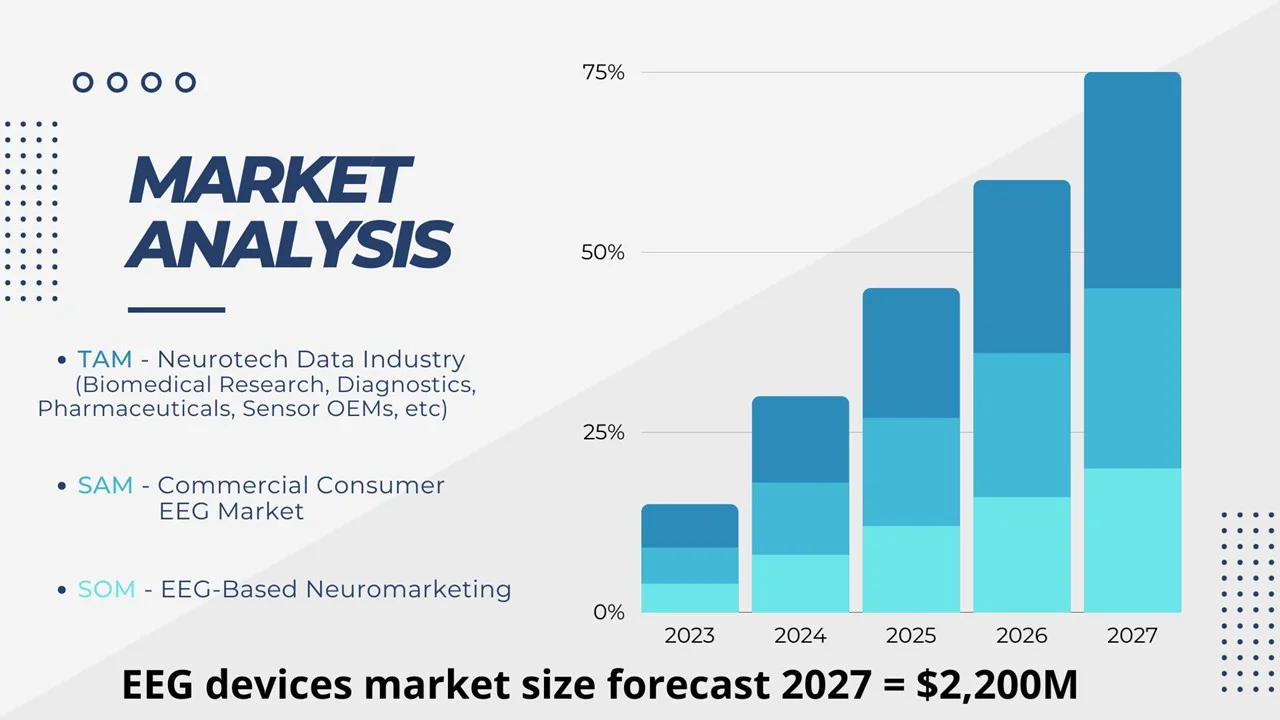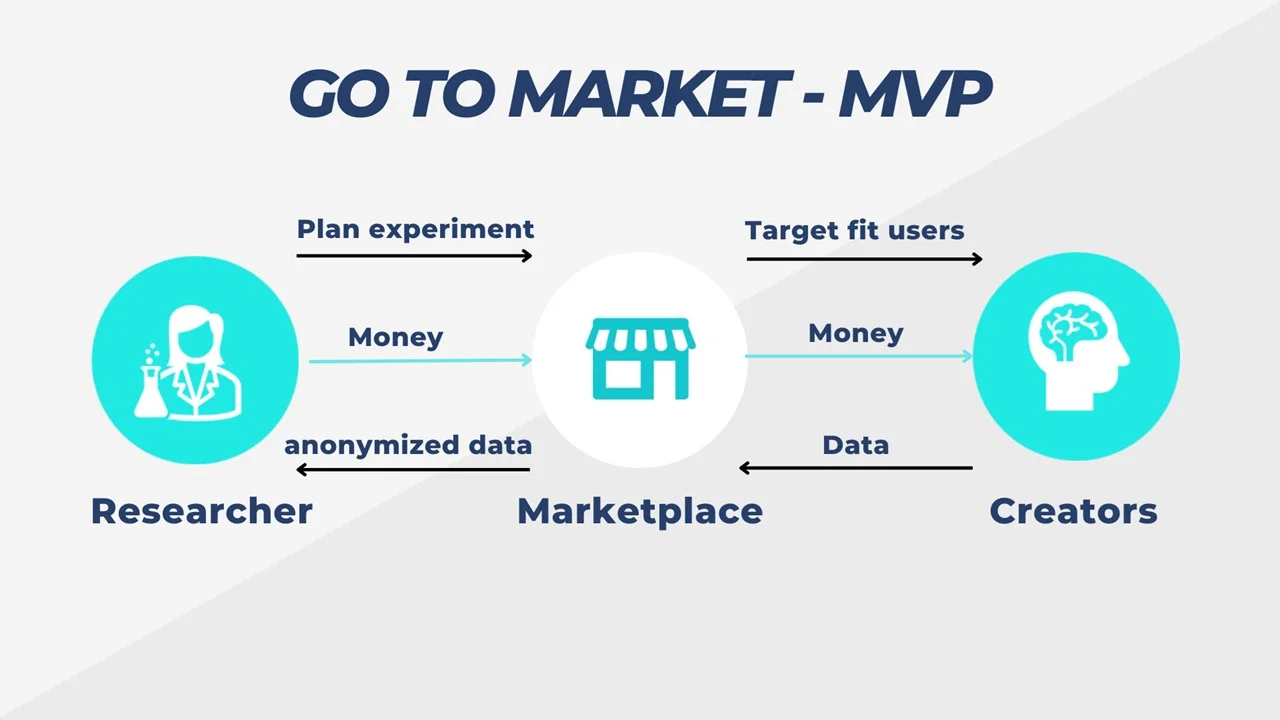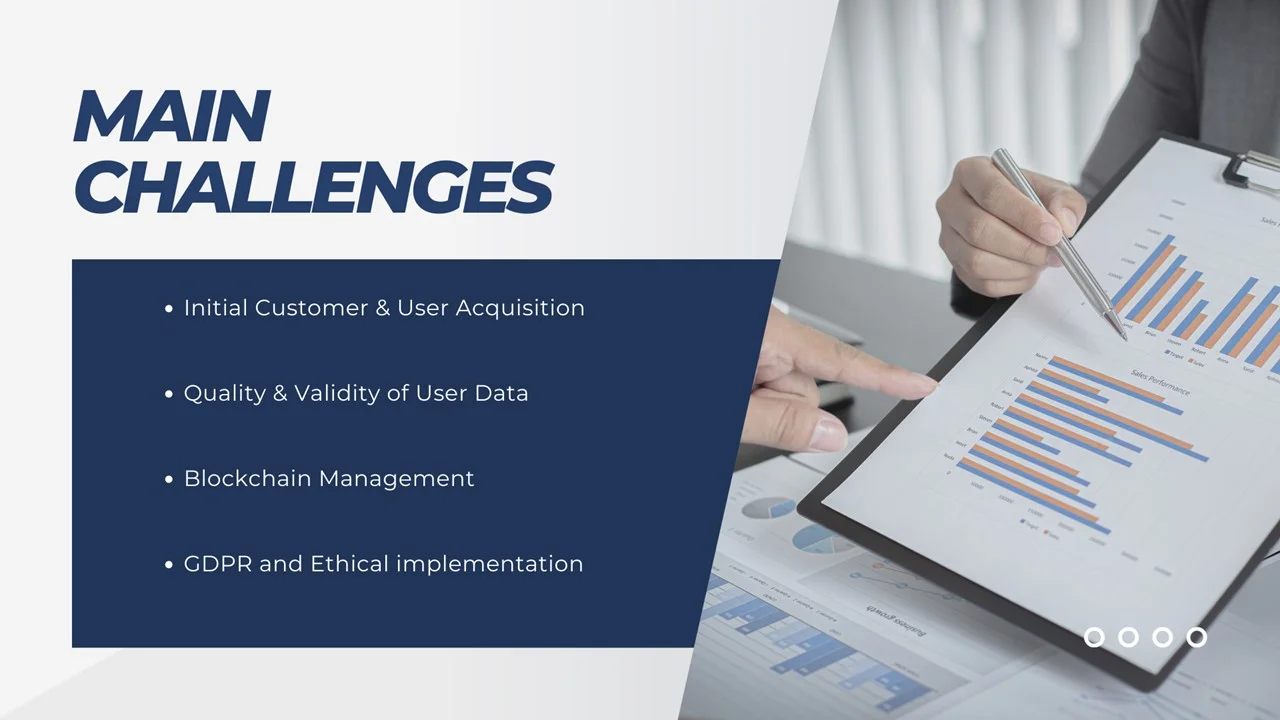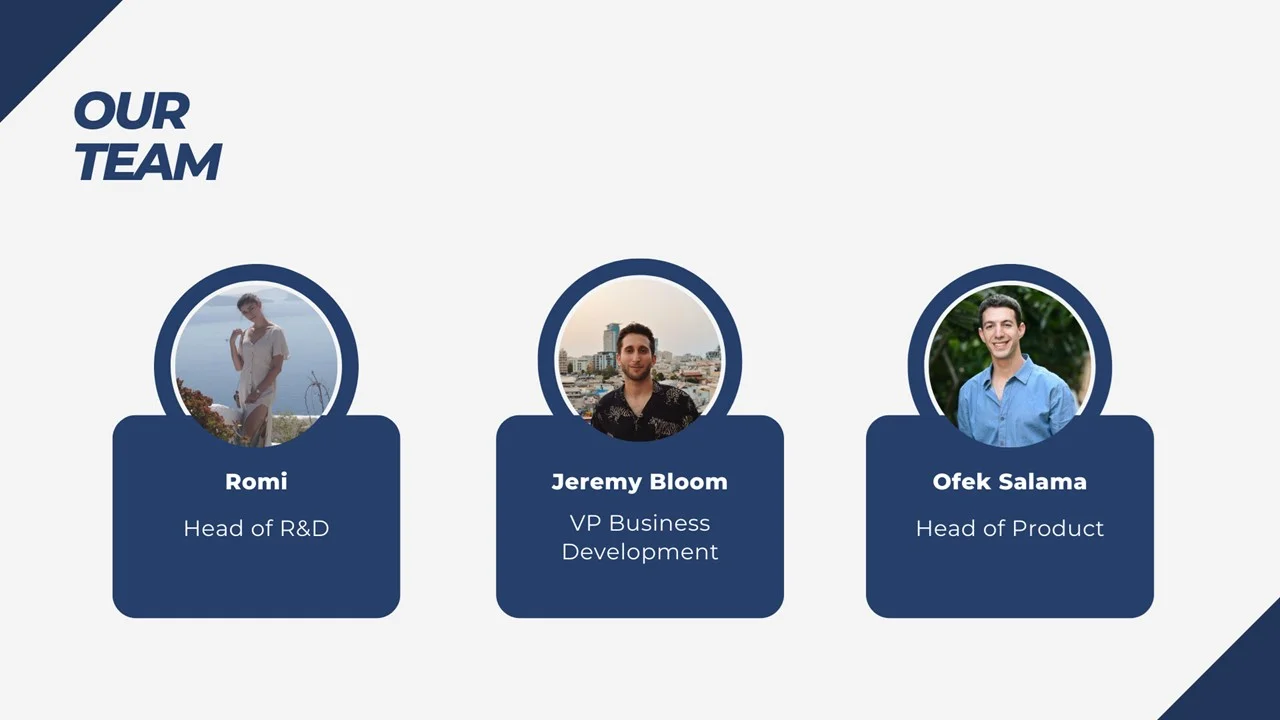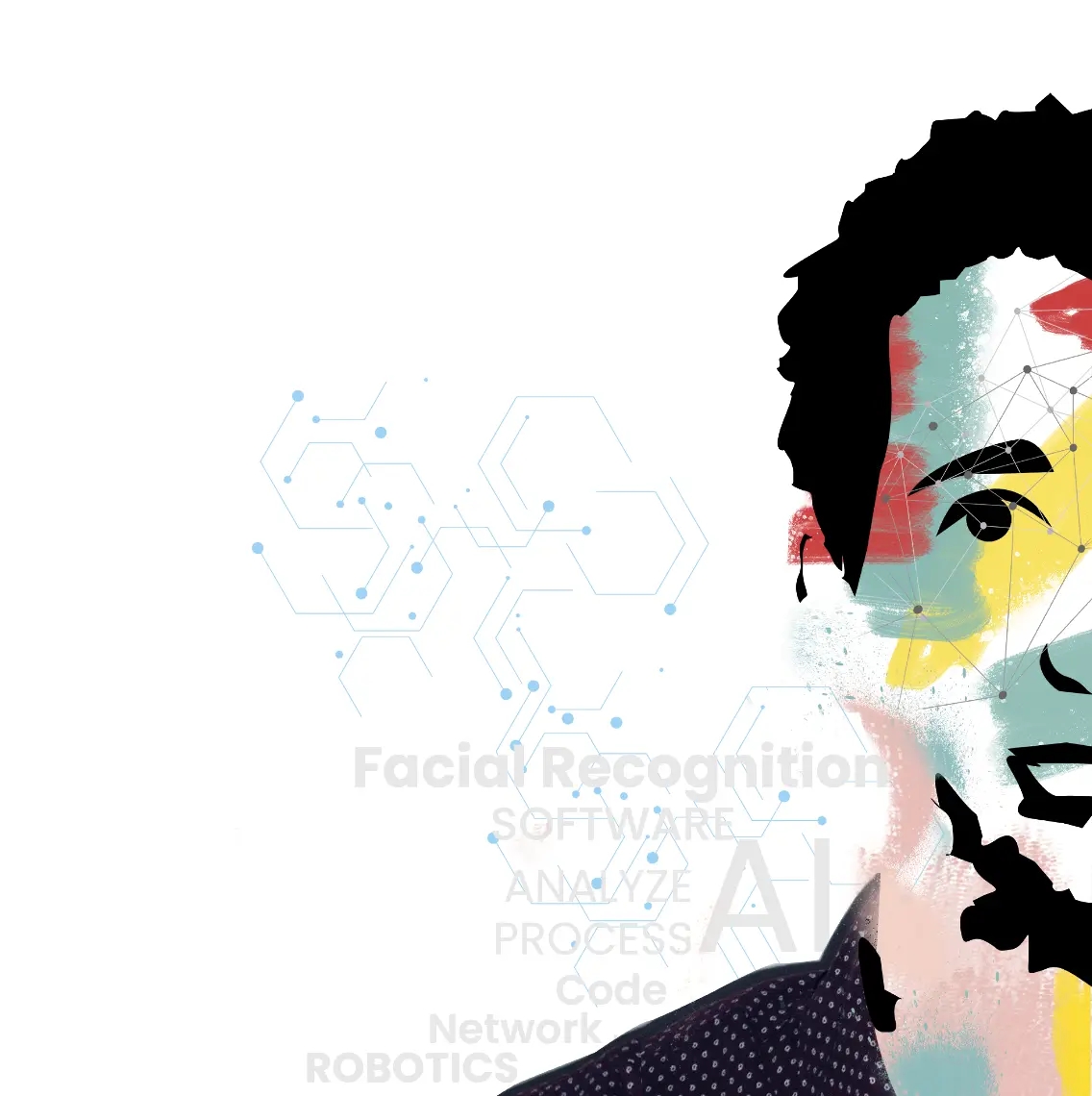
Artificial Intelligence

Biological Science
SELECTED WORK

Brain Button BCI
Ergonomic Brain–Computer Interface (BCI) Prototype
Research Project | 2022
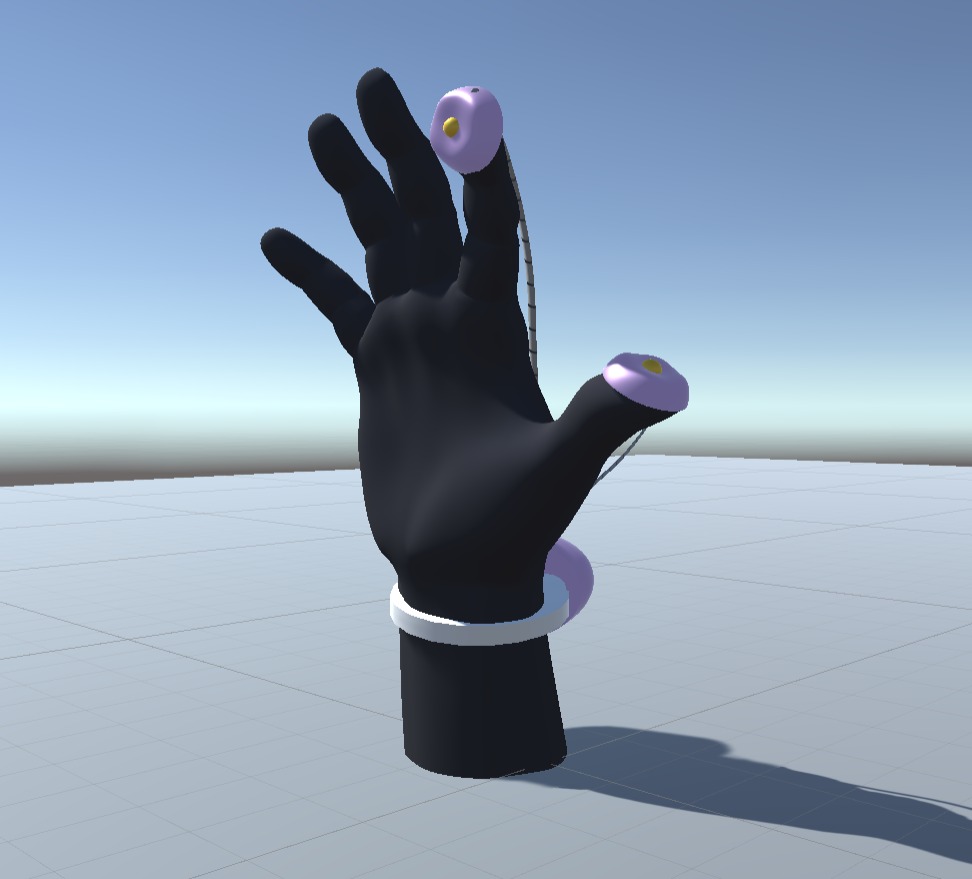
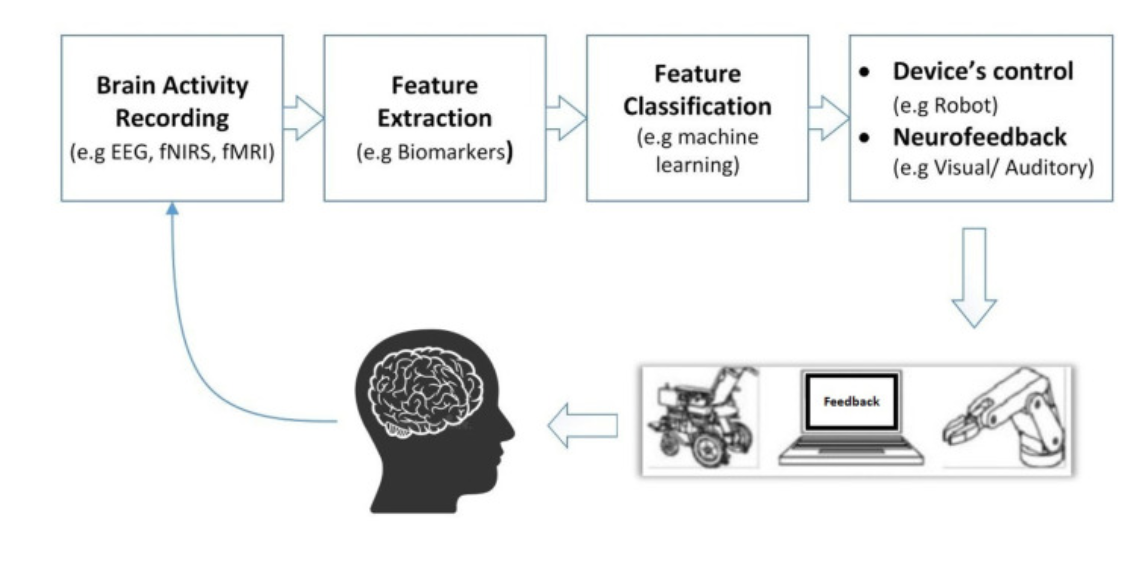
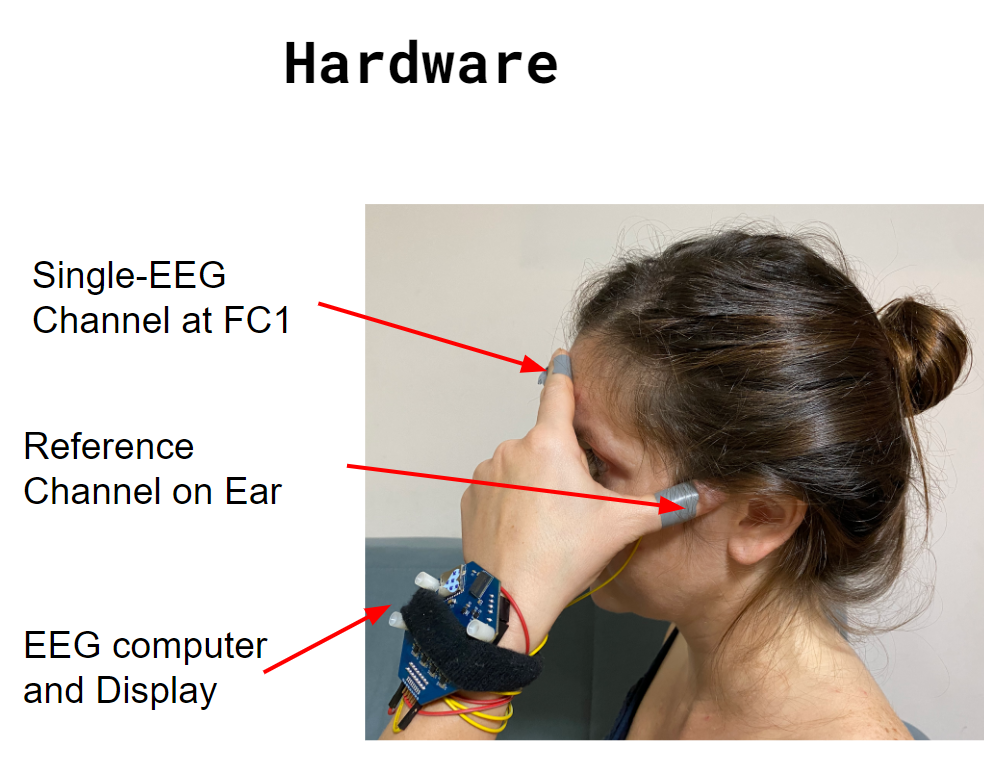
ROLE
Initiator and Project Manager
DESCRIPTION
BACKGROUND
What’s a more secure transmission medium than the brain itself? If brainwaves are the language of the brain then Electroencephalography (EEG) signals are the words. The current paradigm of brain-computer interfaces (BCI) are infeasible at efficiently decoding brain signals obtained from active thinking into coherent indicators.
Most BCI applications today make use of EEG signals aroused from the involuntary response to an external stimulus such as a light flicker. EEG signals mused from a deliberate, self-induced thought are more challenging to create and measure, and as such are less frequently observed in current BCI literature.
RELATED WORK
Within the BCI discourse, there are three main methods of BCI categorized as: passive, reactive and active (Kögel et al., 2019). Passive relies on non voluntary neural activity such as psychologically states or cognitive load. Reactive is triggered by an external stimulus that typically induces a P300 event-related potential (ERP) or Steady State Evoked Potential (SSEP).
Current research suggests that electrodes placed on the frontal lobe can elicit discernable neural responses between a familiar language and an unfamiliar language. This is just one technique that can harness EEG representations to attain a level of consistency of neural pattern formation (Soman et al., 2019).
PURPOSE
In my approach, I use an active BCI in which the user intentionally modulates their brain activity to bring out neural characteristics identifiable after mathematical processing and classification (Salvaris, 2014). In this way, a user will be able to evoke a stimulus directly from their mind without the need of external cues or triggers. Essentially, a “Brain-Button”. Achieving a consistent and unique signal in this method requires a degree of operant conditioning with respect to the mental strategy used to produce the signal.
An objective in addition to increased precision of BCI signaling is the design of a more ergonomic BCI device in regards to its setup (pre-processing) time, wearability, comfort and overall usability. In order to achieve this while overcoming the technical challenges introduced, the device I propose in this paper is a simple BCI meant for only decoding 2-3 unique signals. These signals can then be transmitted through IoT exchange (such as bluetooth) for interoperability with other digital and physical applications.
RESEARCH GOAL
My research goal is to achieve increased precision of EEG signaling using just 2-4 electrodes, coupled with the design of a more ergonomic BCI device that enables usability without a fixed headset. In addition, I imagine the benefits for environments where standard HCI methods (tactile, visual and auditory) are limited such as in microgravity or the spacesuit of an astronaut.
IN PROGRESS….
SKILLS
Brain-computer interfaces, Sensor technologies, Open BCI, Unity, MATLAB, C++

Deep Space & Haptic Interactions of the HRI Kind
SpaceCHI 2021 Workshop
Academic Paper | 2021
ROLE
Initiator and First Author
DESCRIPTION
Humanity’s greatest accomplishment will be its expansion into a multi-planetary species. For mankind to achieve this goal, we must extend our knowledge in the processes involved with conducting space exploration. Manned missions conducted in EV (extravehicular) environments have added dangers and risks, including partial or full loss of communication with ground control or their space crew. Following technological advancements, there has been a rise of human-robot teams operating autonomously for such precarious missions.
This paper describes several approaches in human-robot interactions, and then focuses more specifically on the ability of autonomous robots to remotely engage with their human teammates in deep space through diverse haptic interactions to enhance safety and spatial awareness. In addition a conceptual prototype is presented to demonstrate this HRI medium using a haptic feedback system embedded in the space suit of an astronaut.
My paper was accepted to SpaceCHI, an HCI workshop for space exploration hosted by MIT. It was a unique experience to participate in a week of virtual activities that included brainstorming future space solutions, networking and an inclusive talk with former astronaut Jeff Hoffman. Excited for the future of space!
KEYWORDS
Deep Space; Human-Robot Interaction; Haptic Feedback; Space Exploration.
AWARDS AND PUBLICATIONS
- Accepted Paper as Virtual Poster in MIT Media Lab’s SpaceCHI 2021
https://spacechi2021.media.mit.edu/accepted-talks-posters/ - Featured in Times of Israel
https://www.timesofisrael.com/spotlight/idcs-ma-in-hci/

WeSync
Heartbeat Monitor That Syncs Two People’s BPM
Arduino Project | 2021
ROLE
Co-initiator. Project was completed with Oran Goral in which design, coding, assembly, execution, presentation, video editing, etc were mutually shared responsibilities.
DESCRIPTION
The WeSync is a sleek laser-cut box reminiscent of an Apple product containing an arduino, two heartbeat sensors and LEDs that guides pairs to sync their heart rates. WeSync can be used as a compatibility activity, a tool for cardio workouts or to simply promote a unique connection between two people.
Each user places their finger on a heartbeat sensor and the sampled BPM coordinates to different BPM ranges. A higher BPM displays a red LED through the laser cut box for that user, while a user with lower BPM is depicted by a blue LED. The WeSync will continue to sample both subjects until the BPMs are within close ranges and during synchronization will trigger an 8×8 LED matrix to display a rainbow animation.
One of my favorite projects I’ve worked on! Aside from being the perfect project to combine all of my newly learned prototyping skills, it was inspiring to witness enthusiastic classmates engage with our own creation. This ultimately resurfaced my passion in working with biosensors and using biofeedback to connect people toward positive social behaviors. Due to the time constraint we were unable to conduct a research study using the prototype but given the opportunity I would be glad to initiate this.
SKILLS
C++ programming, Embedded systems design with Arduino, Laser Cutter, Biosensors, Adobe Premiere
AWARDS AND PUBLICATIONS
Received ‘A’ for project and Creative Prototyping Course
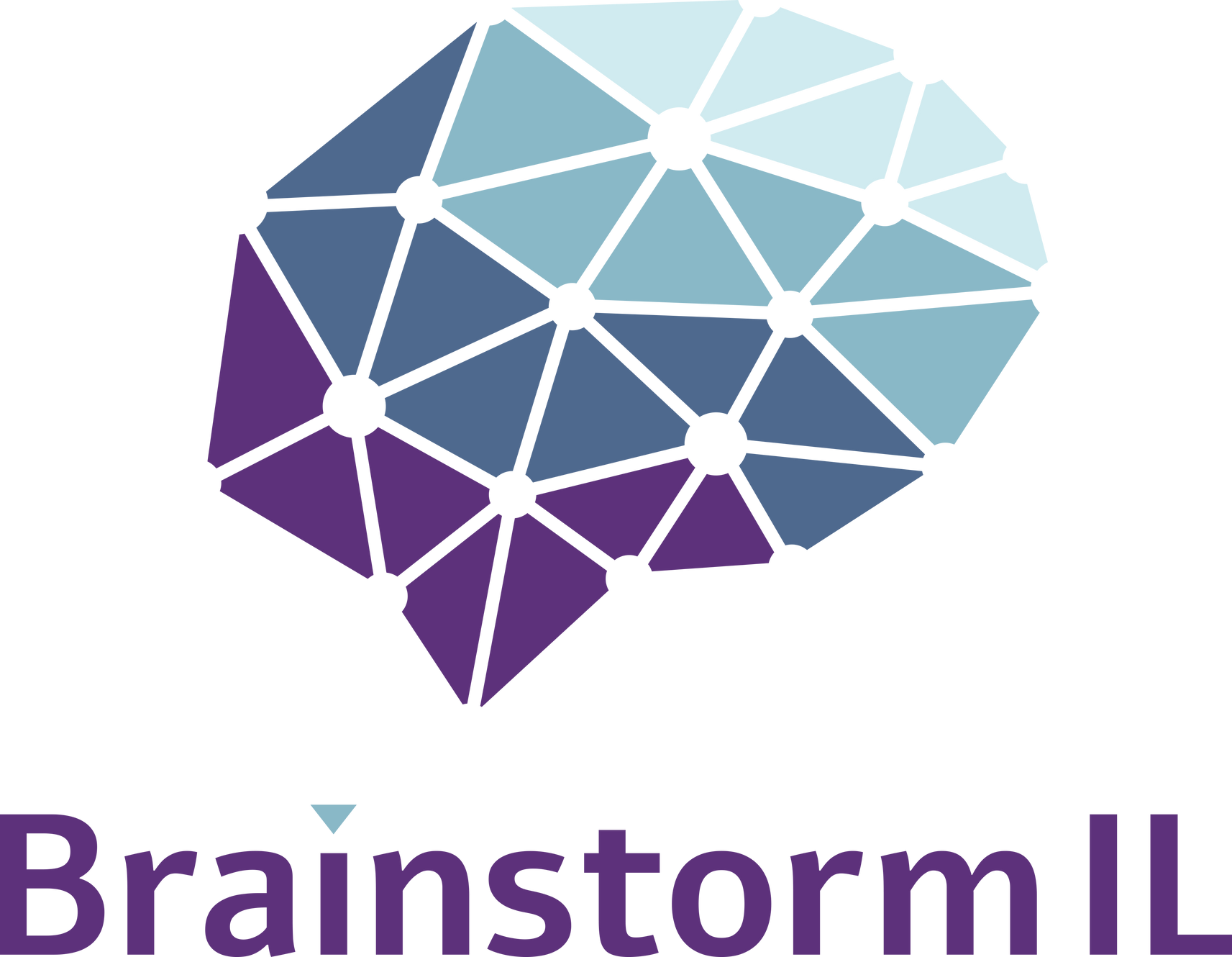
NeuroMarket
Blockchain-Powered Biodata Marketplace
Neurotech Hackathon | 2022
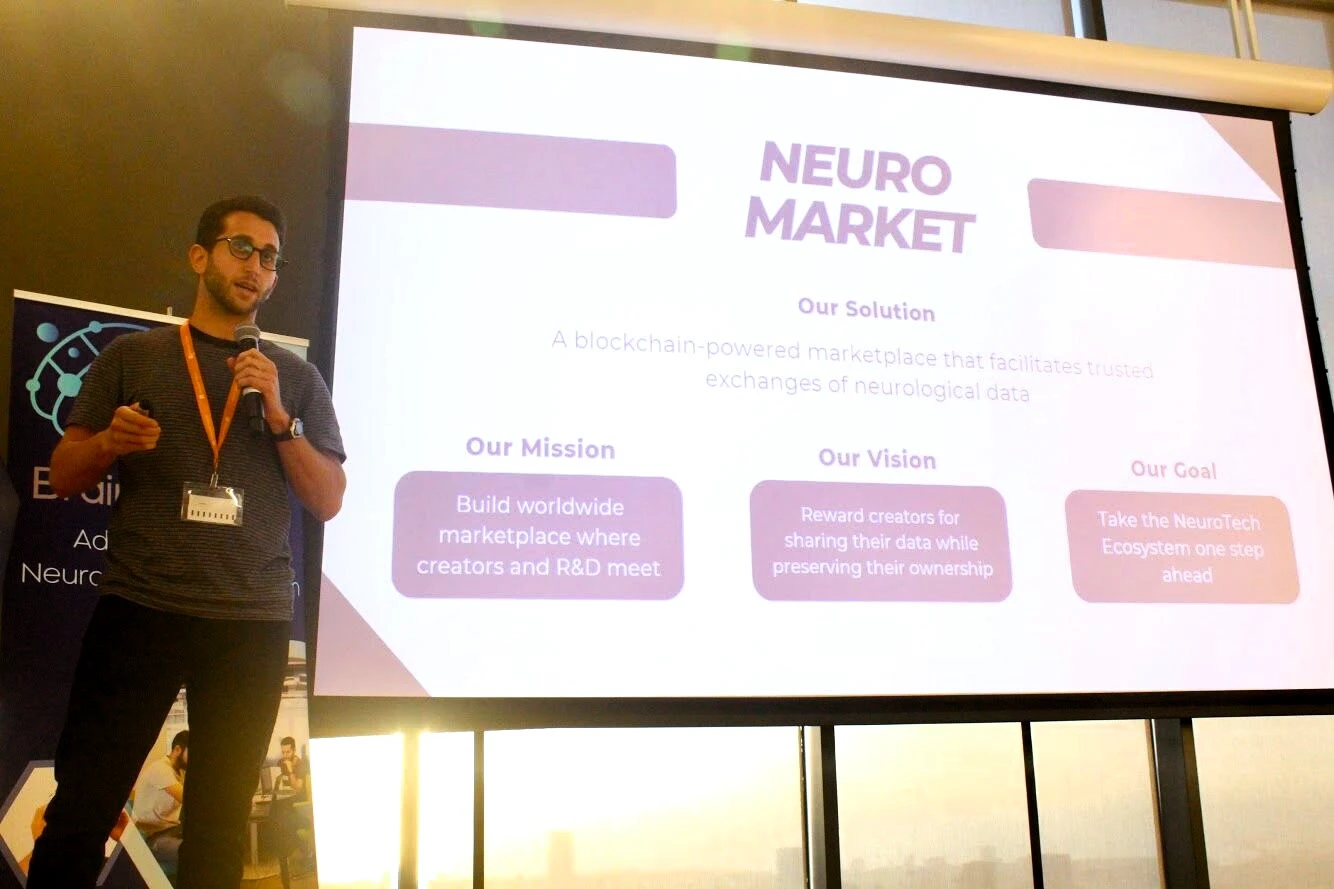
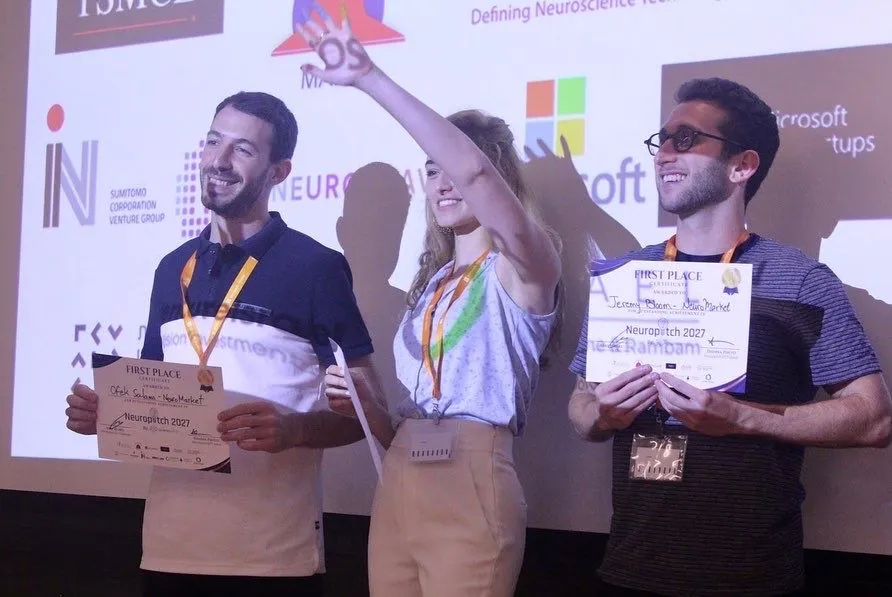
ROLE
Co-initiator, NeuroPitch presenter
DESCRIPTION
NeuroMarket is a blockchain-powered biosensor data marketplace with policy-based data verification through non-fungible tokens (NFT) to provide a trusted exchange of neurological data between creators and businesses.
KEY CHALLENGE
In order to develop quality BCI sensors, applications and services, a large amount of clean data must be obtained. Quality data is gold and is a significant bottleneck in the ability for the global neurotech market to move forward in its systems and applications. Currently there is a scarcity of data (such as EEG) in that much of the data is entrenched and kept solely within the database of its collector. There is also a lack of incentive of creators to invest the time and energy in producing biosensory data.
MAIN GOALS
- Developing a diverse database of high quality EEG signals for the use of research, validation, quality tests, R&D and medical solutions.
- Tackling the issues of personal data ownership and management in clinical and commercial research which often is sold or changes hands without consent and compensation to the original participant.
- Connecting participants who produce biosensor data, and customers who purchase the data for their needs
OUR VISION
- Biosignal data will be produced independently by free will and full consent of individuals who wish to contribute to the world of research and enjoy the financial benefits of sharing their clinical data property.
- Instead of using centralized services such as a specific clinic’s database, the data can be stored in an online marketplace with non-fungible tokens (NFTs) that can interact directly with the creator and purchaser through smart contracts.
- Smart contracts secure the ownership of the data and allow credit and payment to the creator as the data is shared among different buyers. For example 5% of the sale price is automatically credited to the creator during the transaction.
- The supply and demand between creators and buyers in the marketplace will help determine which type of data are highest in demand and from which BCI devices. This will help validate quality BCI devices over the more gimmicky devices and promote participant recruitment and the supply of biosensory data for specific research opportunities as they arise.
PERSONAL TAKEAWAY
This project stemmed from the concern that data ownership, especially within the field of neurological data, is not secure and transparent in its management after collection during a clinical or commercial study. This hackathon was fast-paced and helped develop my skills in leading and coordination of tasks with my two teammates. It also honed my presentation skills in pitching a startup product and business plan.
SKILLS
This project gave me more experience working with BCIs, conducting a literature review of EEG data usage in clinical and commercial environments, understanding blockchain technology in its ability to provide data ownership, conducting a TAM (total addressable market) analysis for neurotech, creating a business plan, model and go-to-market strategy and pitching live on stage in front of judges.
AWARDS AND PUBLICATIONS
Awarded first place among 14 teams in NeuroPitch (2022), a brain-computer hackathon helping shape the future of neurotech.


